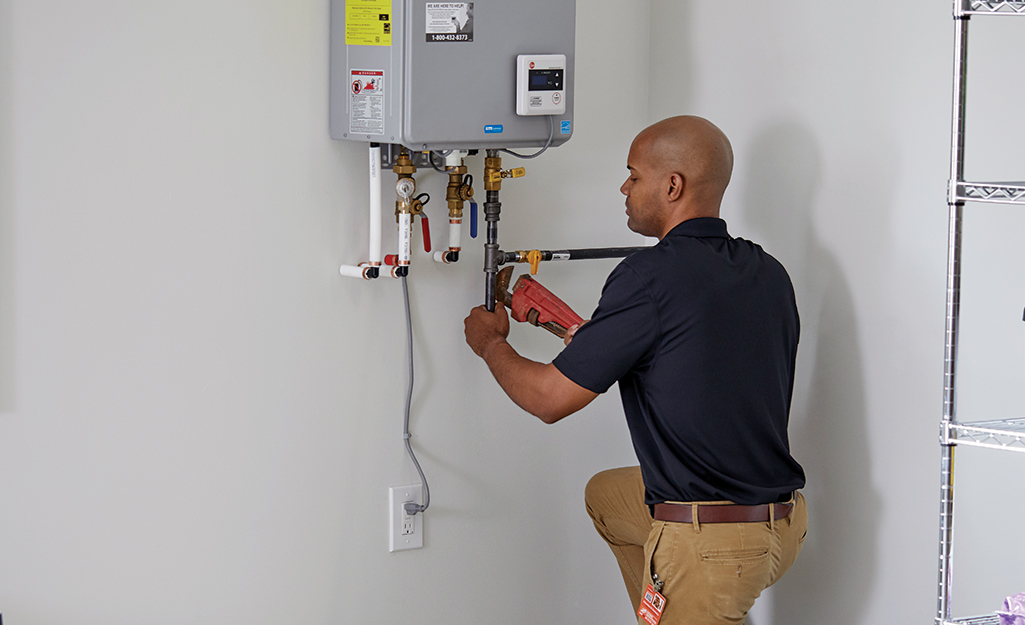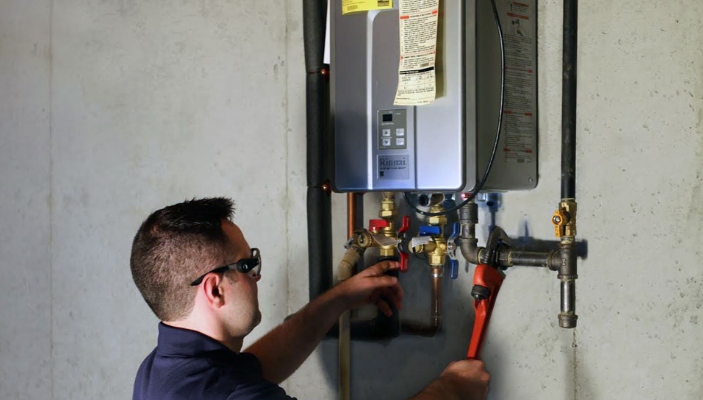Expert Guidance for Caring for Your Home's Hot Water System
Expert Guidance for Caring for Your Home's Hot Water System
Blog Article
Nearly everybody seems to have their own individual piece of advice in relation to Water Heater Maintenance Tips You Can't Afford to Forget.

Warm water is essential for daily comfort, whether it's for a rejuvenating shower or washing meals. To ensure your warm water system runs successfully and lasts much longer, normal upkeep is key. This write-up gives functional suggestions and insights on how to maintain your home's hot water system to avoid disruptions and costly repairs.
Introduction
Maintaining your home's hot water system could appear complicated, however with a few simple actions, you can ensure it operates efficiently for several years to come. This overview covers whatever from understanding your hot water system to DIY upkeep pointers and understanding when to call in expert help.
Significance of Keeping Your Warm Water System
Routine maintenance not only extends the lifespan of your warm water system yet likewise ensures it operates efficiently. Neglecting upkeep can cause reduced effectiveness, higher energy costs, and also premature failure of the system.
Signs Your Warm Water System Requirements Maintenance
Knowing when your hot water system requires interest can avoid major concerns. Keep an eye out for indications such as inconsistent water temperature level, weird noises from the heater, or rusty water.
Recognizing Your Hot Water System
Before diving right into upkeep tasks, it's helpful to recognize the fundamental components of your warm water system. Normally, this includes the hot water heater itself, pipes, anode rods, and temperature level controls.
Regular Monthly Maintenance Tasks
Normal regular monthly checks can help capture minor concerns prior to they escalate.
Purging the Water Heater
Flushing your hot water heater removes debris accumulation, improving performance and prolonging its life.
Monitoring and Replacing Anode Rods
Anode poles stop corrosion inside the container. Examining and changing them when worn out is critical.
Examining and Readjusting Temperature Level Settings
Changing the temperature setups ensures ideal performance and security.
Do It Yourself Tips for Maintenance
You can execute a number of upkeep tasks on your own to keep your warm water system in top problem.
Looking for Leaks
Regularly inspect pipelines and connections for leaks, as these can bring about water damage and greater bills.
Checking Stress Relief Valves
Examining the pressure safety valve guarantees it functions appropriately and prevents excessive stress buildup.
Protecting Pipelines
Insulating hot water pipelines reduces warm loss and can conserve energy.
When to Call an Expert
While do it yourself maintenance is useful, some concerns require expert experience.
Complex Problems Calling For Specialist Assistance
Instances consist of significant leakages, electric troubles, or if your hot water heater is consistently underperforming.
Routine Professional Maintenance Benefits
Professional maintenance can include comprehensive inspections, tune-ups, and ensuring compliance with safety standards.
Conclusion
Regular maintenance of your home's hot water system is important for efficiency, longevity, and cost savings. By following these tips and knowing when to look for specialist aid, you can make certain a trusted supply of warm water without unforeseen interruptions.
How to Maintain an Instant Hot Water Heater
Before tinkering with your hot water heater, make sure that it’s not powered on. You also have to turn off the main circuit breaker and shut off the main gas line to prevent accidents. Also turn off the water valves connected to your unit to prevent water from flowing into and out of the appliance. 2. When you’re done, you have to detach the purge valves’ caps. These look like the letter “T†and are situated on either side of the water valves. Doing so will release any pressure that has accumulated inside the valves while at the same time avoid hot water from shooting out and burning your skin. 3. When the purge valves’ caps are removed, you have to connect your hosing lines to the valves. Your unit should have come with three hoses but if it didn’t, you can purchase these things from any hardware or home repair shops. You can also get them from retail stores that sell water heating systems. Read the user’s manual and follow it to complete this task properly. When the hosing lines are connected, open the purge port’s valves. 4. You should never use harsh chemical cleaners or solutions when cleaning your unit. Make use of white vinegar instead. It should be undiluted and you’ll probably use about 2 gallons. 5. Now flush your water heater. This task should probably take about 40 minutes. We can’t give you specific directions for this because the procedure is carried out depending on the type, model and brand of your heater. With that being said, refer to the user’s manual. 6. When you’re done draining the unit, you have to turn off the purge port valves again. Remove the hosing lines that you earlier installed on each of the water valves. Put the valve caps (purge port) back in their respective places and be very careful so as not to damage the rubber discs that are found inside these caps. 7. Now that everything’s back in place, check your user’s manual again to find out how to reactivate your water heating system. 8. Once it is working, turn one of your hot water faucets on just to let air pass through the heater’s water supply pipes. Leave the tap on until water flows smoothly out of it. https://www.orrplumbing.com/blog/2014/september/how-to-maintain-an-instant-hot-water-heater/

As a keen reader about Tips on Maintaining a Water Heater, I think sharing that article was essential. So long as you liked our article plz make sure you remember to share it. Thank-you for taking the time to read it.
Get Started Report this page